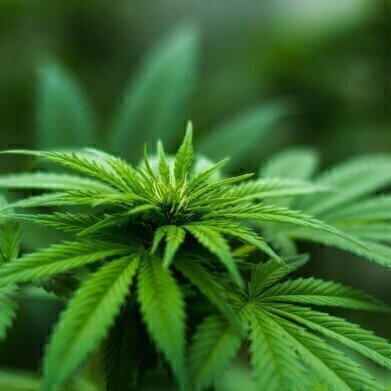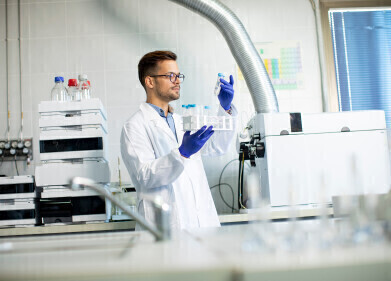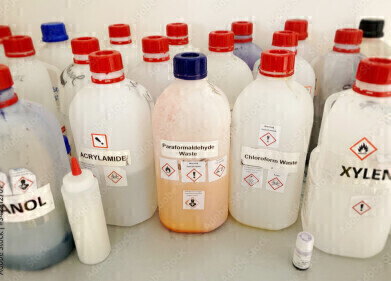Supercritical fluid (SFC), Green Chromatography
Are Law Enforcement Officers Getting a Contact High from Cannabis? - Chromatography Explores
Apr 14 2020
The United States is, according to the World Health Organization, the world’s leading user of marijuana based on population size. A survey by the U.S. Department of Health and Human Services found that over 14 million citizens had used marijuana within the last month, with over 35 million people admitting to marijuana use in the last year. These figures represent surveys carried out before certain US states legalized the use of both recreational and medicinal cannabis.
But with the increased availability and use of cannabis, could there be an increase in the occupational and environmental exposure to cannabis smoke? That was what researchers in the US set out to find. The research was published as Occupational Exposure to Secondhand Cannabis Smoke Among Law Enforcement Officers Providing Security at Outdoor Concert Events in the Annals of Work Exposures and Health. Is second-hand cannabis smoke affecting people like second-hand cigarette smoke does?
Decriminalization increases exposure
But with the decriminalization of medicinal and recreational use of cannabis it is possible that the legal landscape is changing. And as the legal landscape changes so too might the social landscape as cannabis use becomes more acceptable. This means that cannabis use in both private and public spaces might be on the increase.
There are several ways that people can take cannabis including vaping and eating - but by far the most common is by smoking. This gives the fastest biological uptake for the psychoactive ingredients’ THC and cannabidiols. But like smoking, although smoking cannabis gives a direct access to the pleasures of cannabis to the smoker, it also means an indirect second-hand exposure to people close to the smoker. And although the effects of second-hand smoke from cigarettes are well documented, those from second-hand cannabis smoke are not. At least until the paper in the Annals of Work Exposures and Health paper was published.
Cannabinoids and chromatography
The researchers in the US analysed blood and urine samples from security officers who worked at two outdoor concerts at a university in the US. Urine samples were collected before and after the concerts and blood samples taken after the events. The security guards also collected air samples via personal air sampling pumps.
The samples were analysed using several techniques including high performance and ultrahigh-performance liquid chromatography in conjunction with various mass spectrometry techniques. Using chromatography to analyse cannabis samples is commonplace and new techniques are being implemented as discussed in the article, The SFC Isolation and Purification of Cannabinoids using Application Specific Stationary Phases Under Optimised Conditions.
The analysis showed that the security guards were exposed to airborne psychoactive compounds. However, the exposure was very low and would not normally result in any psychotropic effects. But the guards also reported respiratory symptoms like dry mouth, coughing and headache, which could be attributed to second-hand cannabis smoke. This warrants further research to monitor the effects of second-hand cannabis exposure in by-standers.
Digital Edition
Chromatography Today - Buyers' Guide 2022
October 2023
In This Edition Modern & Practical Applications - Accelerating ADC Development with Mass Spectrometry - Implementing High-Resolution Ion Mobility into Peptide Mapping Workflows Chromatogr...
View all digital editions
Events
ACS National Meeting - Fall 2024
Aug 18 2024 Denver, CO, USA
Sep 04 2024 Chiba, Tokyo, Japan
Sep 04 2024 University of Warwick, Coventry, UK
Sep 10 2024 Rockville, MD, USA
Plastics Recycling World Expo Europe
Sep 11 2024 Brussels, Belgium














